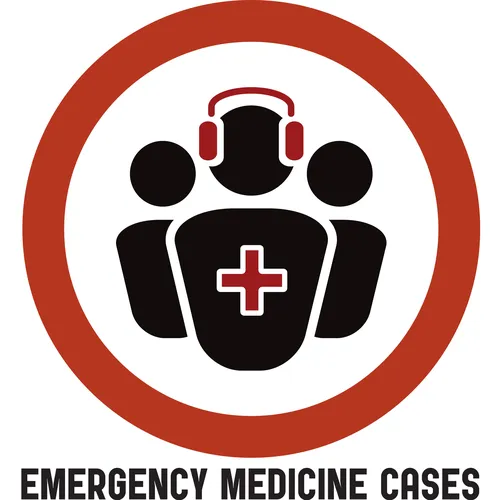Episode 75 Decision Making in EM – Cognitive Debiasing, Situational Awareness & Preferred Error
- Author
- Dr. Anton Helman
- Published
- Tue 12 Jan 2016
- Episode Link
- https://emergencymedicinecases.com/decision-making-in-em/
While knowledge acquisition is vital to developing your clinical skills as an EM provider, using that knowledge effectively for decision making in EM requires a whole other set of skills. In this EM Cases episode on Decision Making in EM Part 2 - Cognitive Debiasing, Situational Awareness & Preferred Error, we explore some of the concepts introduced in Episode 11 on Cognitive Decision Making like cognitive debiasing strategies, and some of the concepts introduced in Episode 62 Diagnostic Decision Making Part 1 like risk tolerance, with the goal of helping you gain insight into how we think and when to take action so you can ultimately take better care of your patients.
Walter Himmel, Chris Hicks and David Dushenski answer questions such as: How do expert clinicians blend Type 1 and Type 2 thinking to make decisions? How do expert clinicians use their mistakes and reflect on their experience to improve their decision making skills? How can we mitigate the detrimental effects of affective bias, high decision density and decision fatigue that are so abundant in the ED? How can we use mental rehearsal to not only improve our procedural skills but also our team-based resuscitation skills? How can we improve our situational awareness to make our clinical assessments more robust? How can anticipatory guidance improve the care of your non-critical patients as well as the flow of a resuscitation? How can understanding the concept of preferred error help us make critical time-sensitive decisions? and many more important decision making in EM nuggets of wisdom...
Podcast recording April 2015
Written summary and blogpost by Anton Helman (@EMCases), Jan 2016
Cite this podcast as: Helman, A, Himmel, W, Hicks, C, Dushenski, D. Decision Making in EM - Cognitive Debiasing, Situational Awareness & Preferred Error. Emergency Medicine Cases. January, 2016. https://emergencymedicinecases.com/decision-making-in-em/. Accessed [date].
Type 1 & Type 2 Cognitive Decision Making Systems & The Nature of Expertise
“The definition of experience is the capacity to make more and more mistakes with increasing confidence” - Walter Himmel
* Type 1: The Intuitive/Reflexive System involves automatic decision making based on pattern recognition. It’s fast and requires little effort.
* Type 2: The Analytical/Problem-Solving System is more critical and logical. It involves stepping back and thinking more carefully about the patient’s presentation. It involves estimating pretest probabilities, continuous self-questioning, and considering alternative diagnoses.
The traditional view of this decision making in EM model is that while reasoning will invariably try to default to the Type 1 intuitive/reflexive approach, the most economical and fastest mode, the key to successful decision making is to step back and think analytically when you realize that there are subtle inconsistencies that arise.
The current view of this decision making in EM model is that it's not a matter of whether Type 2 is better than Type 1 but rather, how expert decision makers blend these two systems. Experts use their experience and past errors/mistakes to reflect on their knowledge and their biases and develop heuristics (cognitive short-cuts) and cognitive forcing strategies that allow ...
